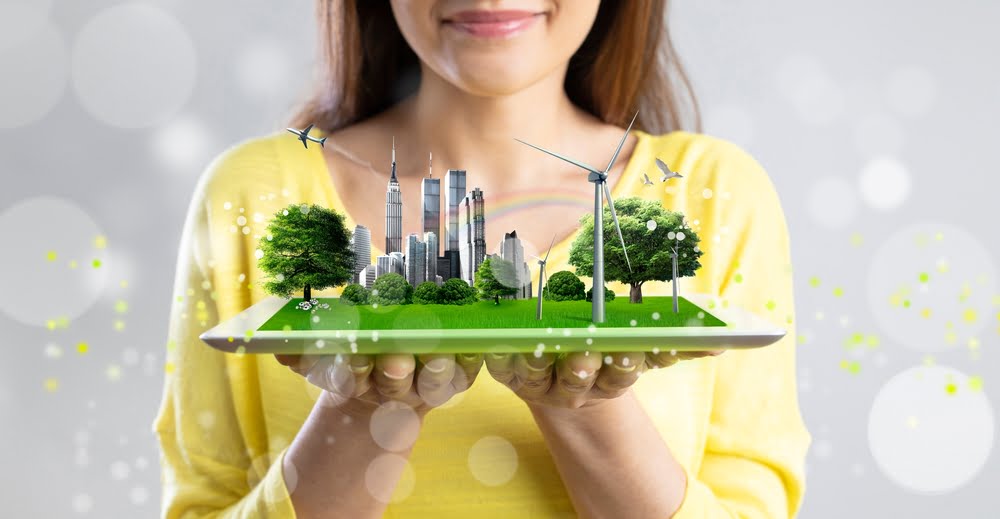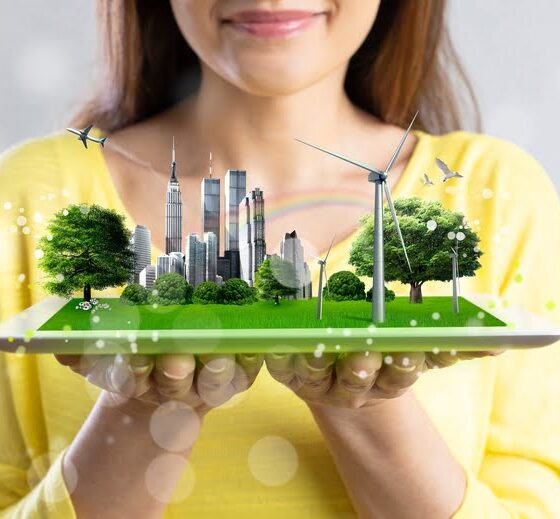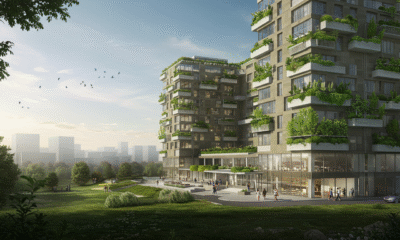

Features
Tips for Building a Property the Eco-Friendliest Way Possible
Demand for green buildings is growing sharply. The market should be worth $99.8 billion by next year, as more people discover the benefits.
Taking a green approach to constructing new buildings is not only good for the environment, but it can also save you money in the long run. It’s important to use sustainable materials and practices when building or renovating your home.
There are many ways you can make your home more environmentally friendly, from the surface finish you use to the way you heat and cool your home.
Here are some tips on how to build green.
Sustainable Material Use
You will want to look for certified wood that has been harvested in the most sustainable way. You should use recycled materials whenever possible. Consider using bamboo, which is a very strong and fast-growing grass that can be used for flooring, furniture and more.
Another sustainable material to use is wool insulation. It is made from recycled materials and is a natural fire retardant.
There are many other sustainable materials available for use in construction, so be sure to research all of your options before making any decisions.
Practices for Reducing Waste
Building green also means reducing waste. One way to do this is to use salvaged or recycled materials whenever possible. You can also donate leftover materials to local Habitat for Humanity ReStores or other charities.
Other ways to reduce waste include:
- Renting tools instead of buying them
- Planning ahead so you don’t have any unused materials
- Donating unwanted items to charity
- Buying in bulk to reduce packaging
- Composting construction waste
Energy Efficiency
Choose energy-efficient appliances and light bulbs. LEDs use 75% less energy than incandescent bulbs, so you should switch to using them. Make sure your home is well insulated to minimize heat loss in winter and heat gain in summer. Consider using solar panels to generate your own electricity.
Solar panels can be placed on the roof of your home or on the ground. If you live in a sunny climate, solar panels can provide all the electricity you need for your home.
Water Conservation
Install water-saving fixtures such as low-flow toilets, showerheads and faucets. Collect rainwater in barrels to water your plants. Consider using drought-tolerant landscaping to reduce the amount of water you need to use.
Sustainable Surface Finish
There are many sustainable surface finish options available, including bamboo floors, cork floors, linoleum and more. Consider using recycled glass or paper for countertops. Use low-VOC (volatile organic compound) paint to reduce indoor air pollution.
Heating and Cooling
Consider using a geothermal heat pump for heating and cooling your home. Geothermal heat pumps use the earth’s natural heat to warm your home in winter and cool it in summer. They are very efficient and can save you money on your energy bills.
Another option is to use a solar water heater. Solar water heaters use the sun’s energy to heat water, which can then be used for showers, laundry and more.
You can also use a woodstove or fireplace to heat your home. Woodstoves are very efficient and can help you save money on your heating bills.
Plant Trees
Trees are an important part of the environment and can help to cool your home in summer and reduce noise pollution. They can also provide shade for your home, which can help to keep it cooler in summer.
Get Help from a Green Builder
If you’re not sure how to get started with building green, there are many green builders who can help you. Green builders are trained in sustainable building practices and can help you choose the right materials and products for your home. They can also help you with the construction process and make sure your home is built to meet all of the applicable green building standards.
Tips on How to Maintain the Green in Your Home
Now that you’ve built your green home, it’s important to maintain it so it will continue to be sustainable and energy-efficient. Here are some tips on how to do that:
- Inspect your home regularly for any damage or areas that need repair.
- Clean your gutters and downspouts regularly to prevent water damage.
- Inspect your roof yearly and repair any damaged or missing shingles.
- Check the caulking around your windows and doors regularly to make sure it is in good condition.
- Have your heating and cooling system serviced regularly to ensure it is operating efficiently.
- Educate your family and friends on sustainable living practices and encourage them to adopt these practices in their own homes.
Why Its Important to Build Green
Building green is important because it reduces your impact on the environment. Using sustainable materials and practices can help you save money, conserve resources and create a healthier home for you and your family.
Appreciate the Benefits of Building Green
There are many reasons to build green, but these are just a few of the most important ones. If you’re ready to start building or renovating your home, keep these tips in mind to make sure you’re doing your part to protect the environment.





























